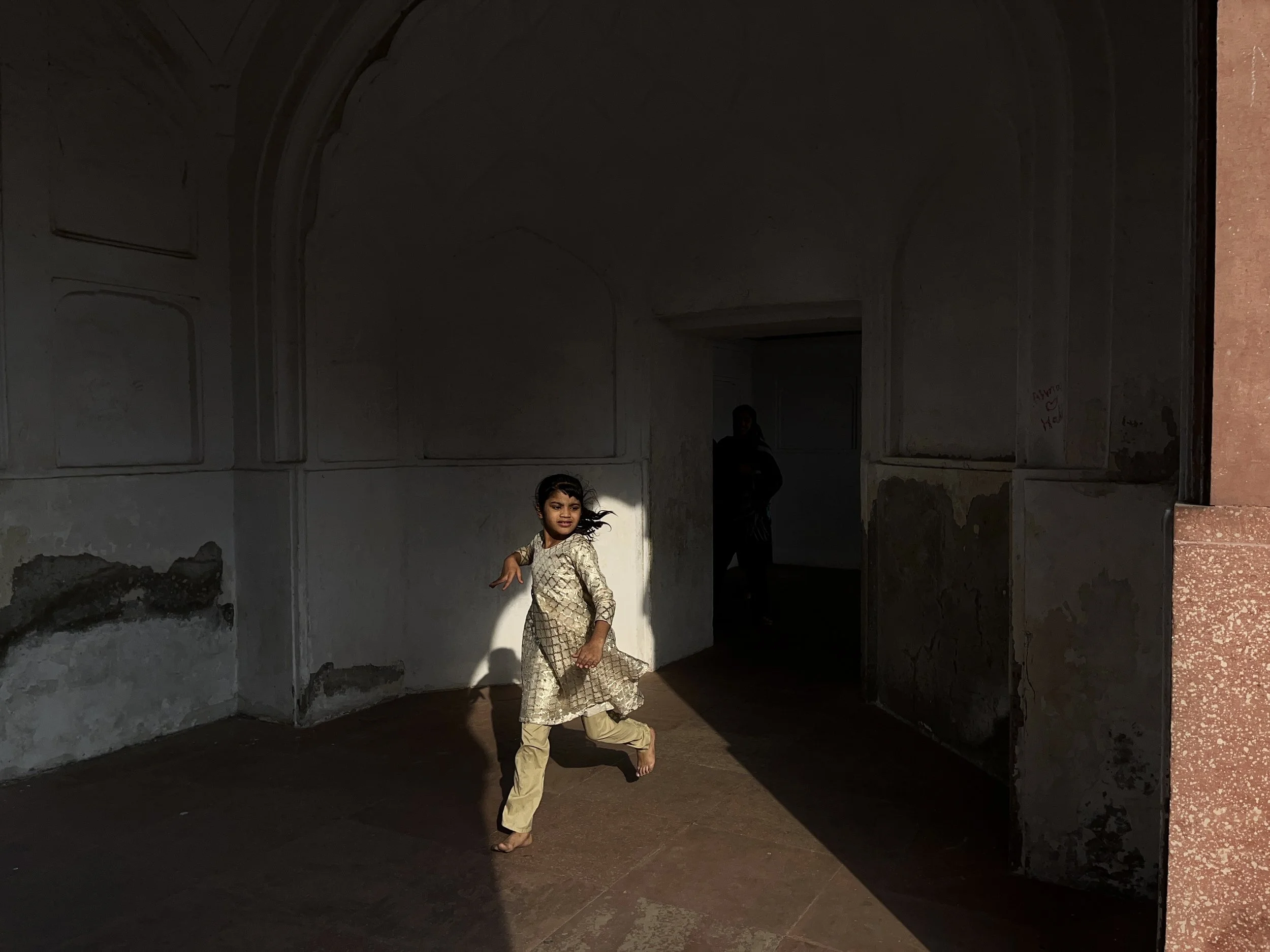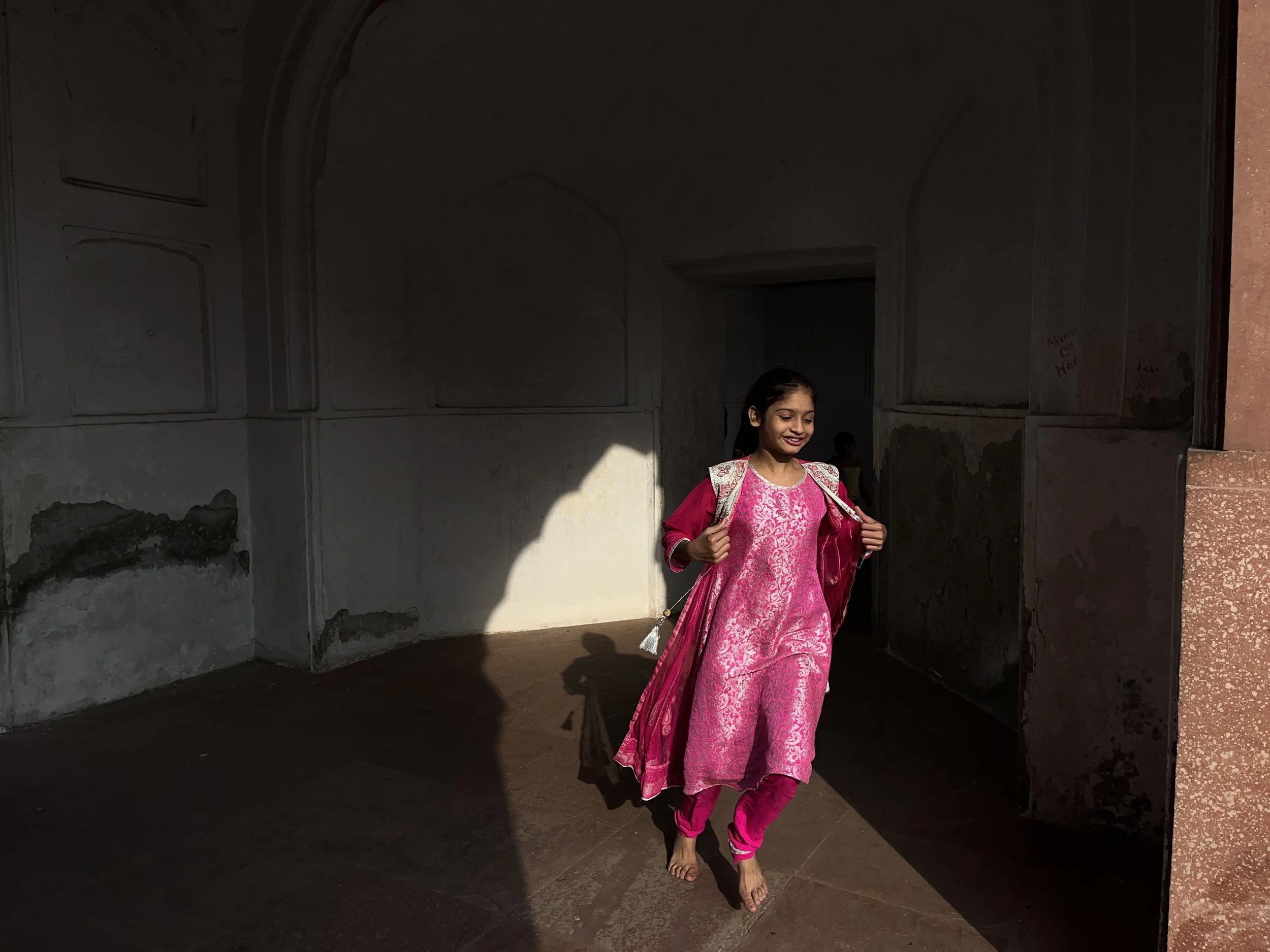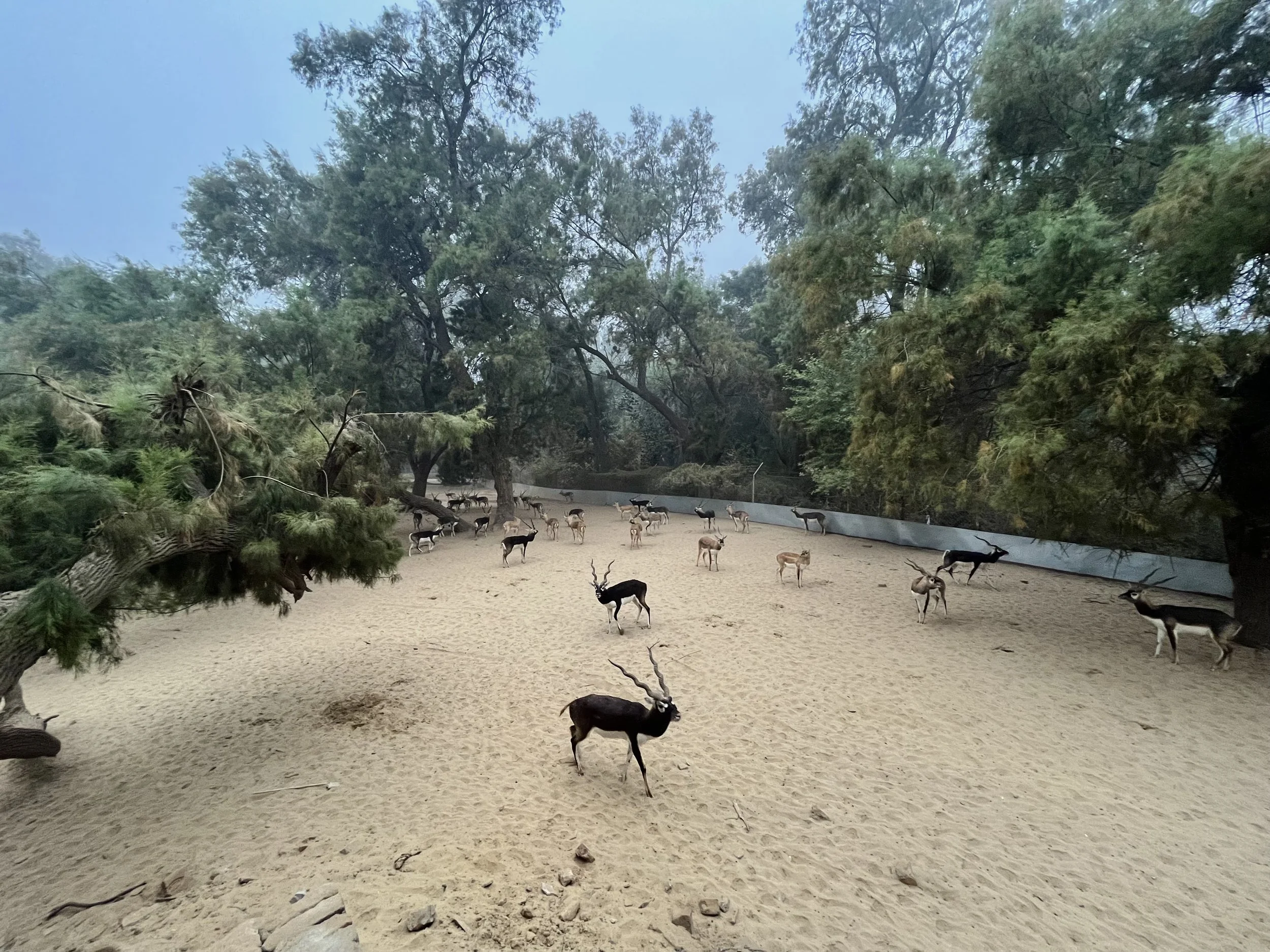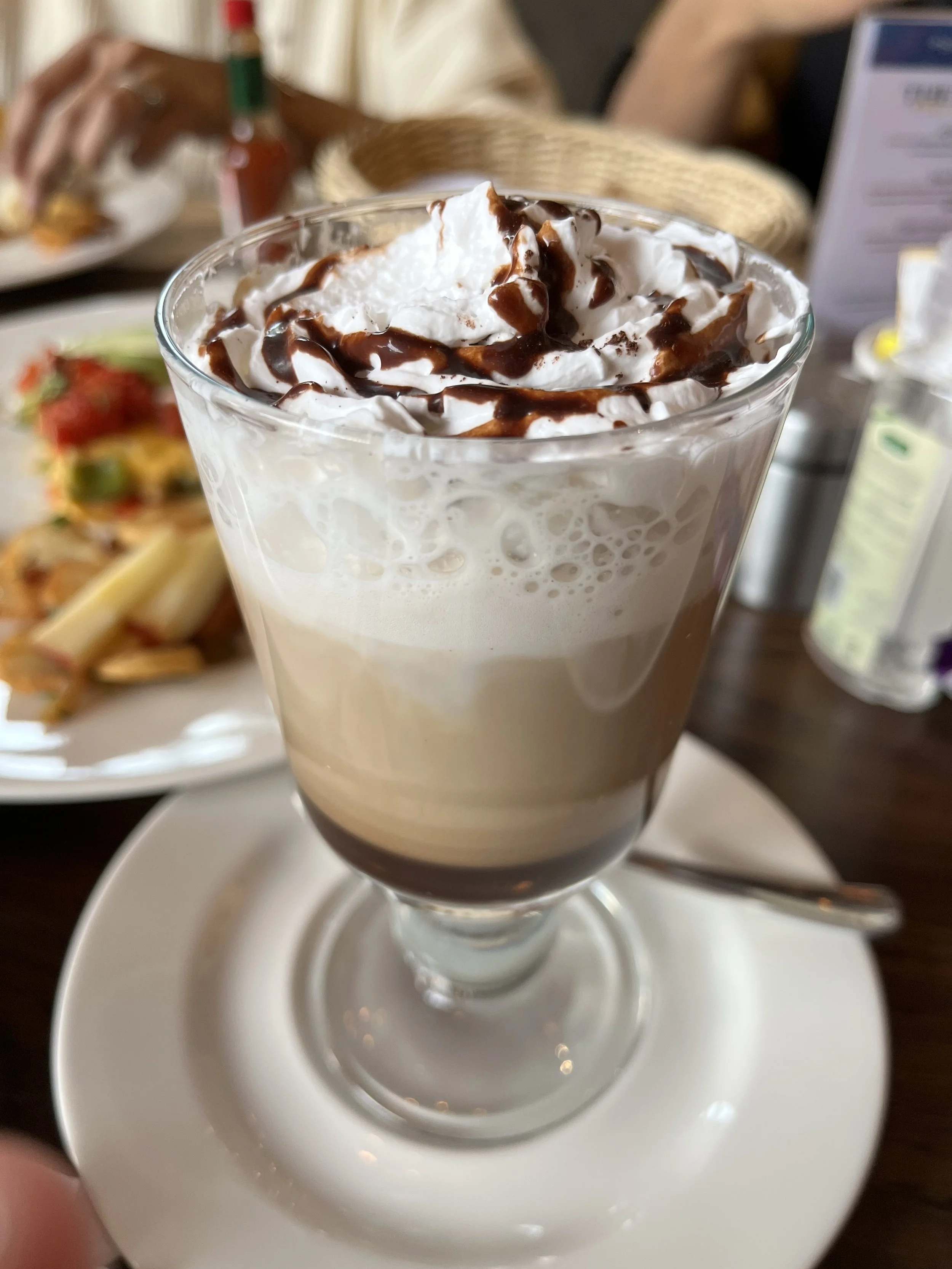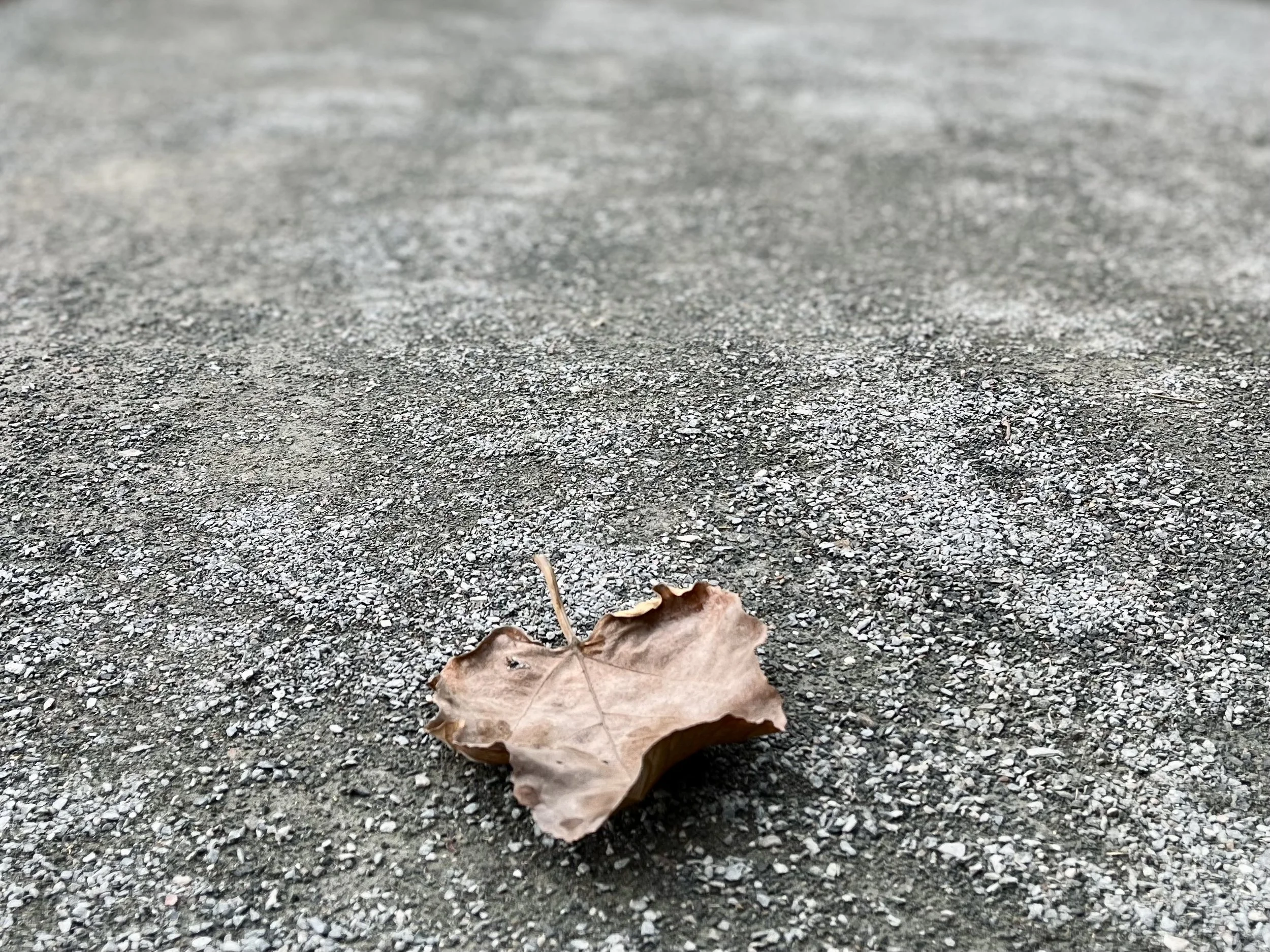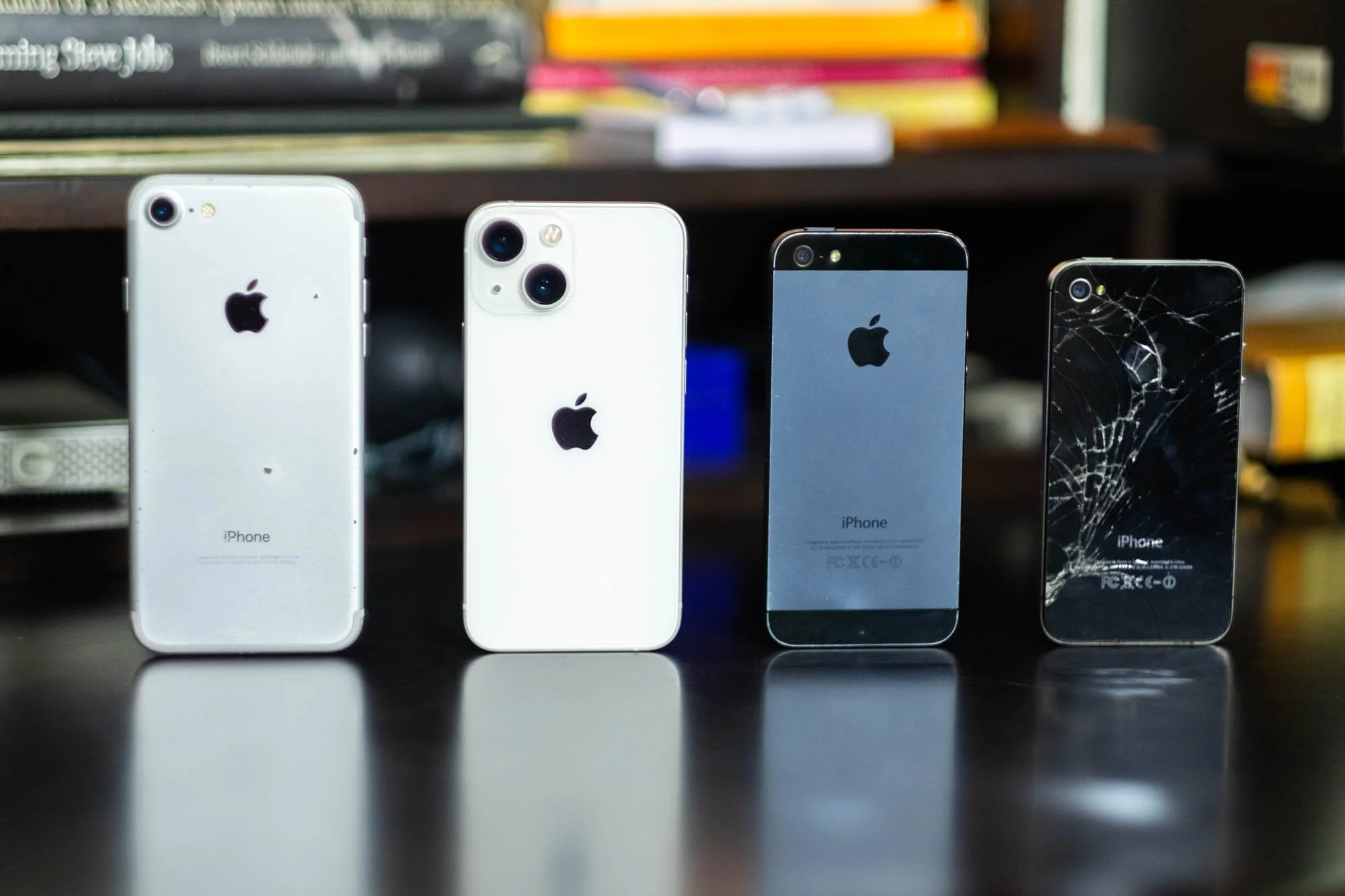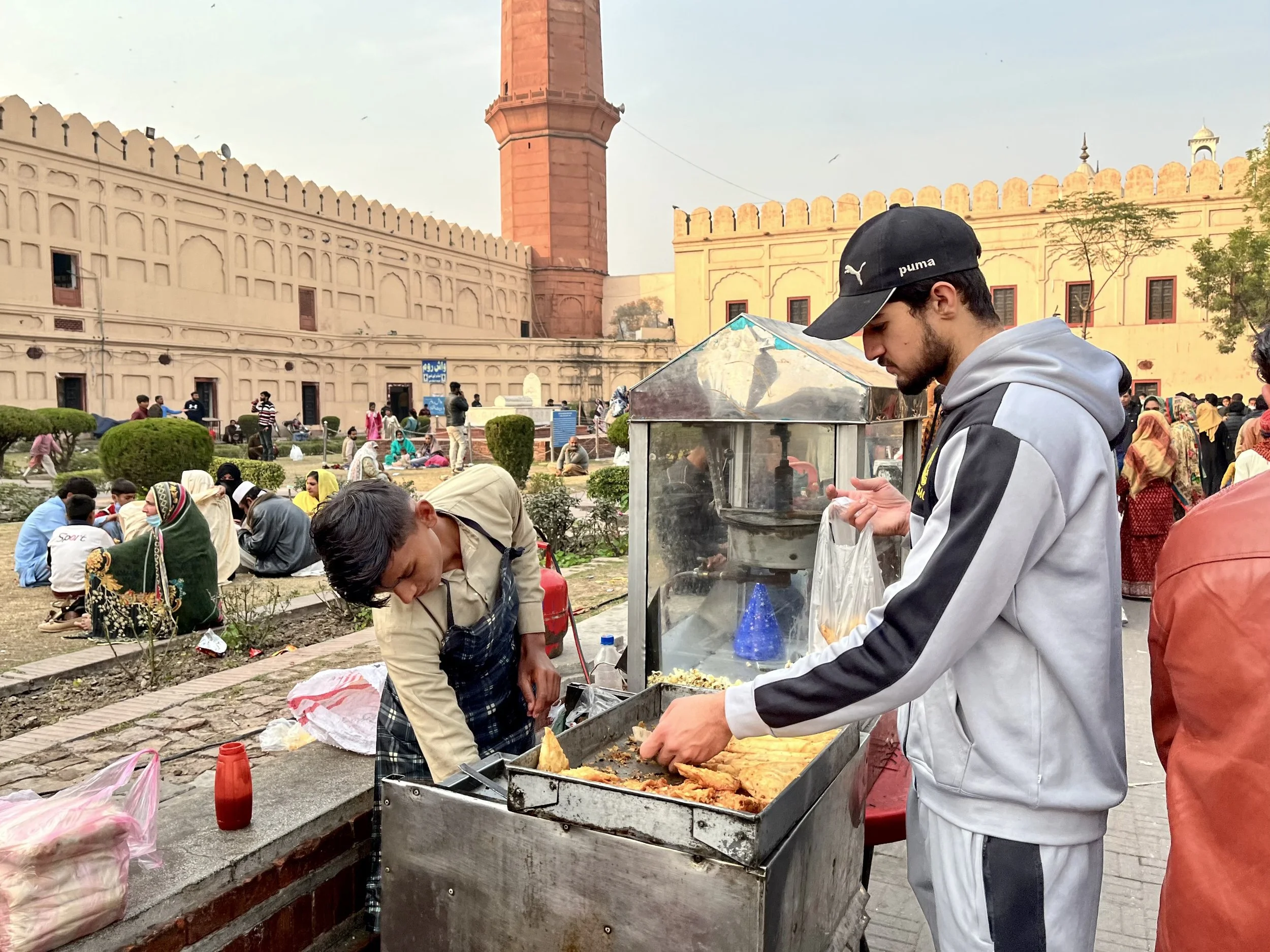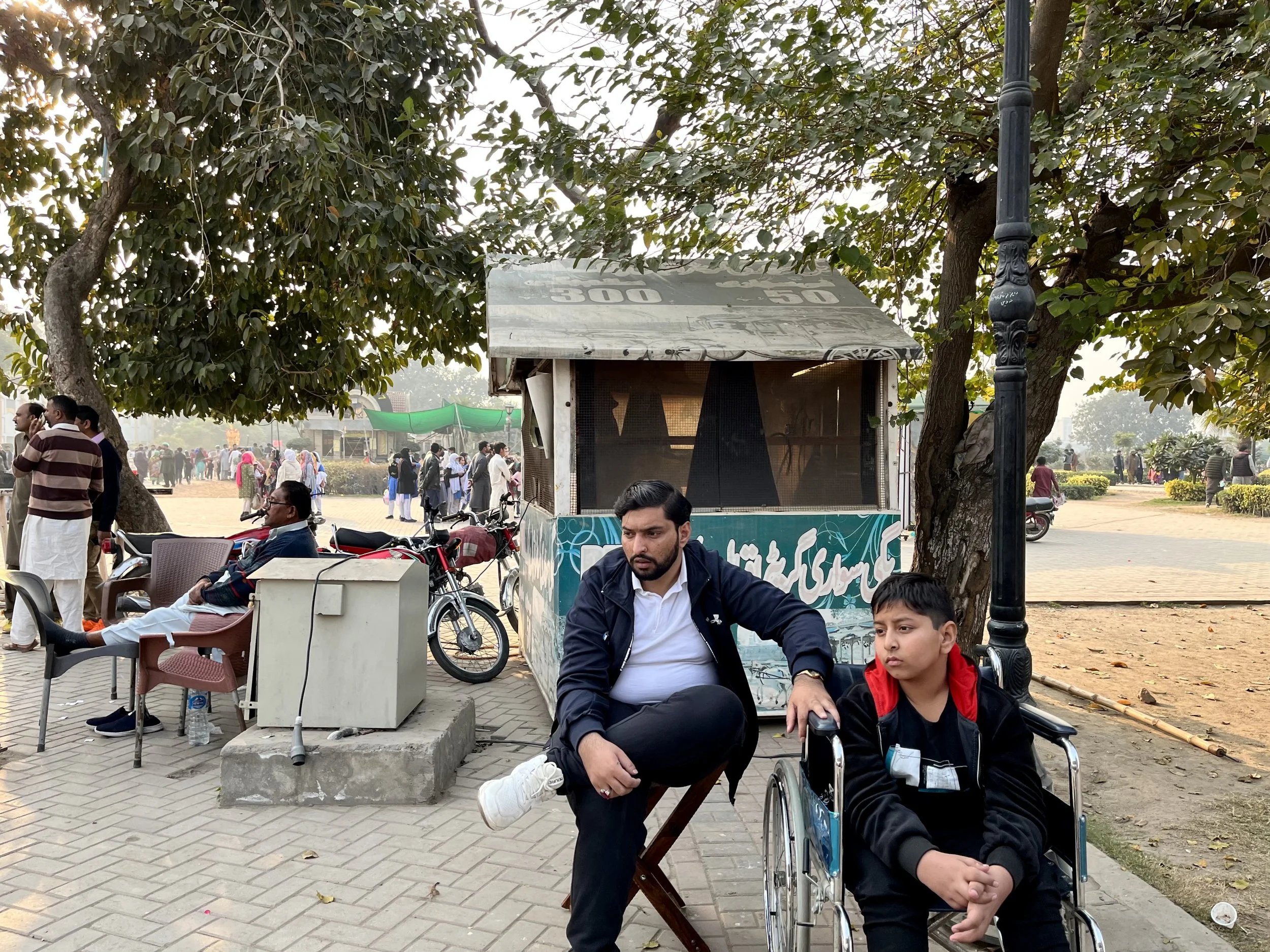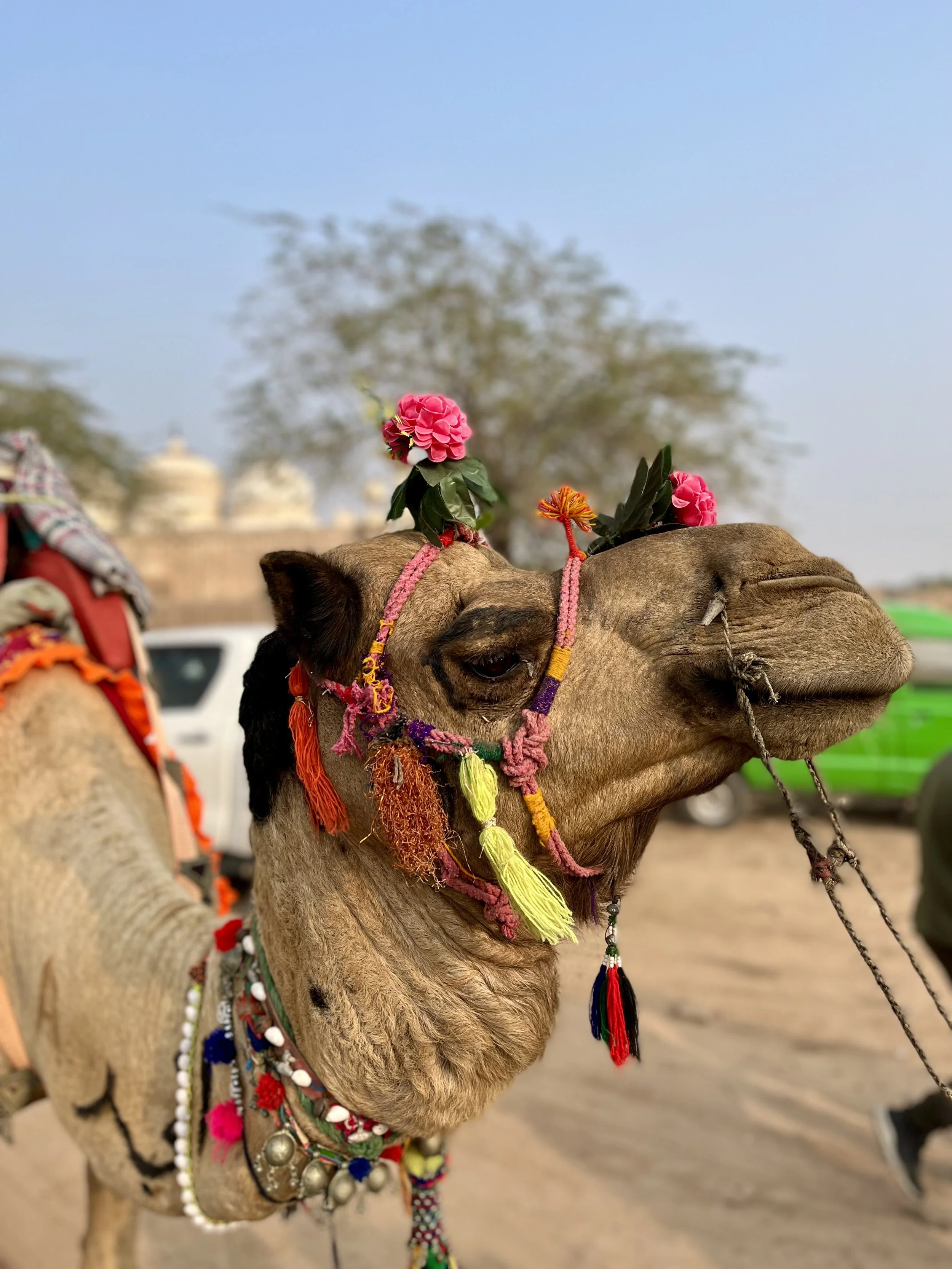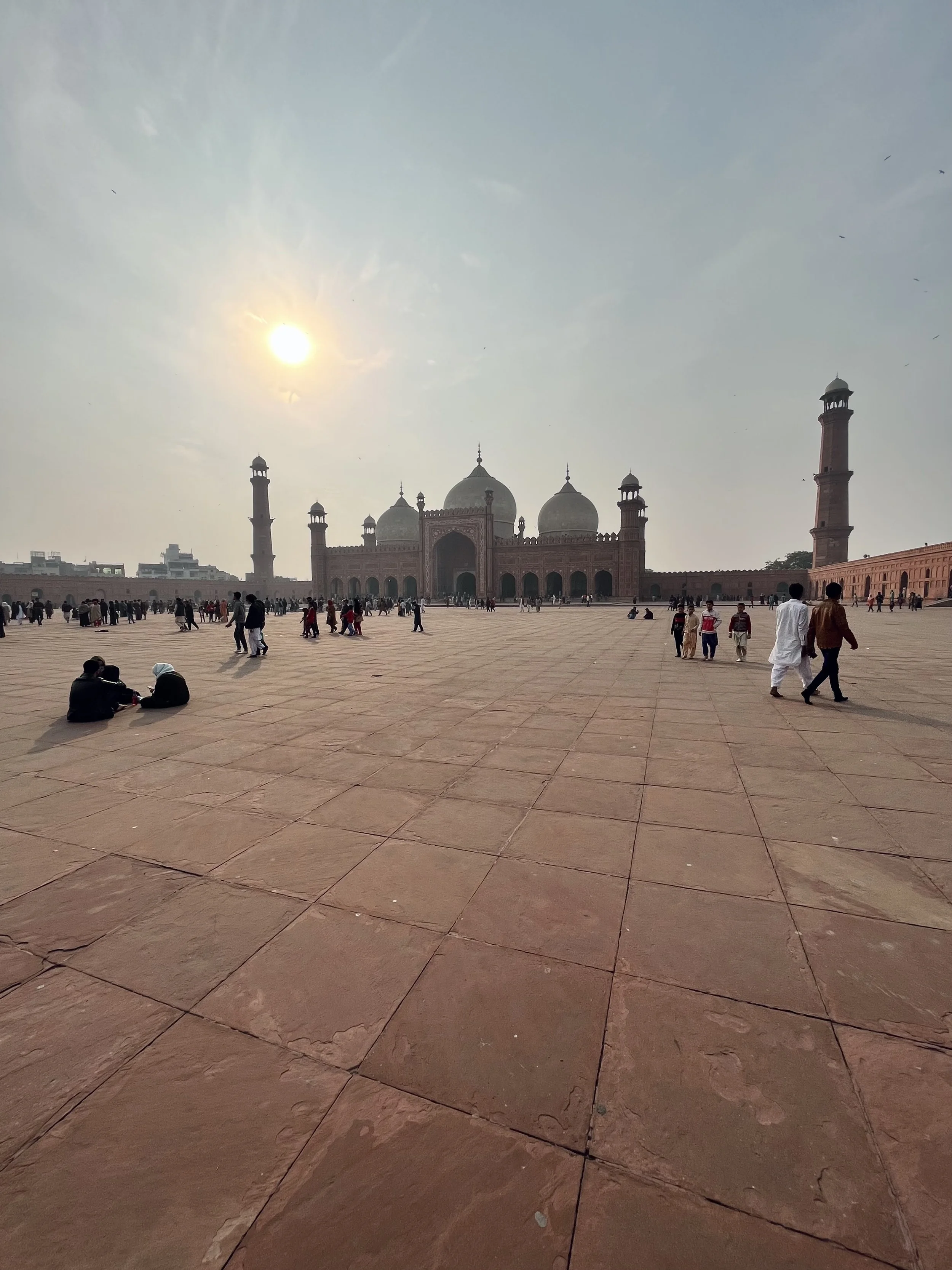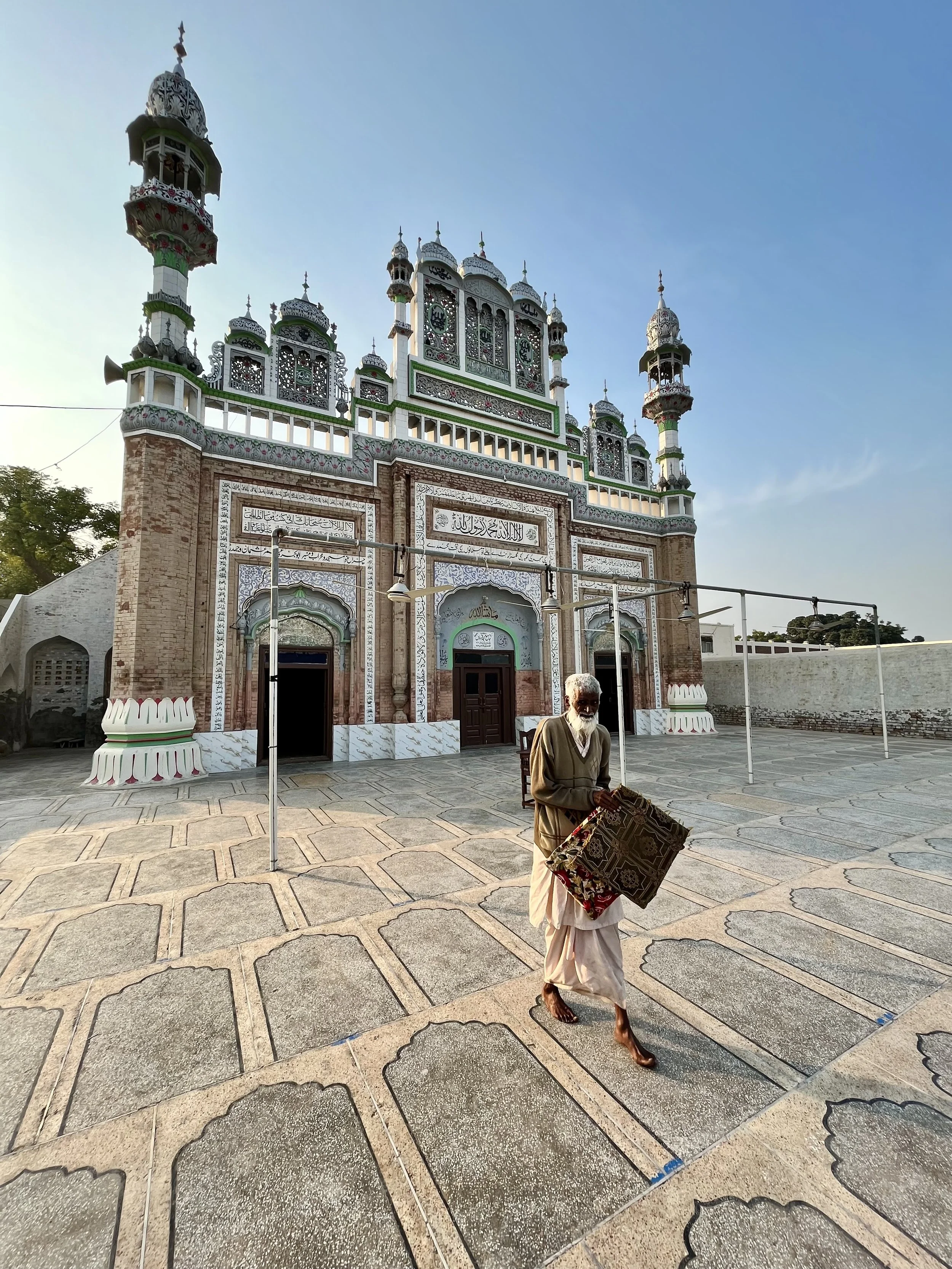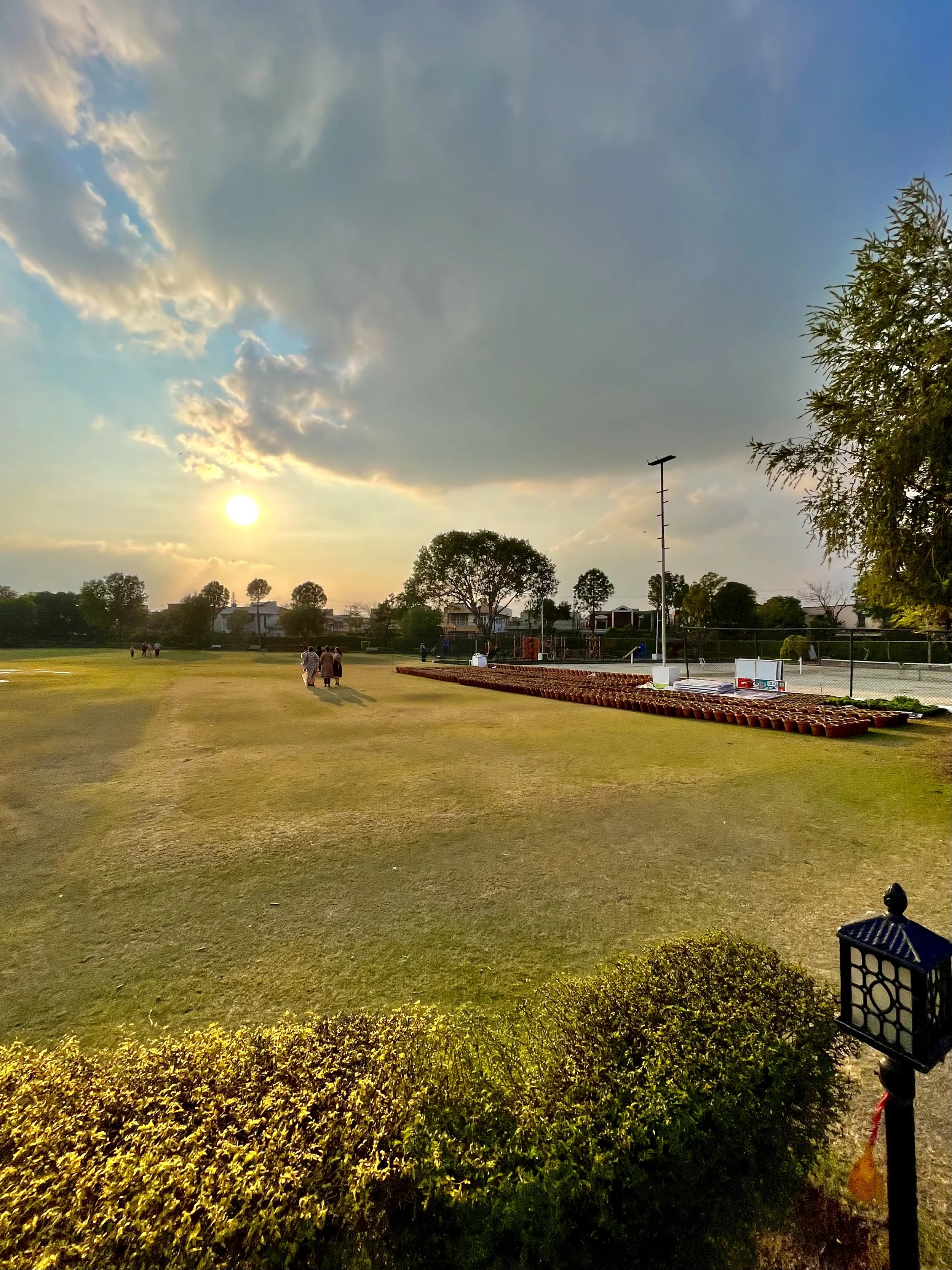The iPhone 4 (and subsequently the iPhone 5) propelled my interest in mobile photography. Not only was the phone small enough to go everywhere the camera quality was also at a level where, in good lighting situations, it produced stellar results. As time progressed, iPhones got bigger, added more cameras (ultra-wide, telephoto). While I always gravitated to smaller phones, I took the leap with the 11 Pro Max, the battery life, screen size, and telephoto lens enticed me to make the jump to the bigger form factor.
Shot on iPhone 13 Mini at 26mm
I loved the expansive screen and enjoyed the flexibility of having multiple lenses but after a while I found myself suffering from the same paradox of choice that I faced when I used to carry multiple camera lenses with me. Will this shot look good at 14mm or 50mm? Granted on the iPhone switching lenses (or cameras to be more specific) is as simple as a tap, there was a mental barrier that was starting to come up.
Shot on iPhone 13 Mini at 26mm
The size and weight of the Pro Max models also made it a bit more cumbersome to quickly a take a shot and go unnoticed. As time progressed, I found myself not wanting to take photos as much with the Pro Max, the size being one of the factors. I love the telephoto lens, but even with the latest 13 Pro Max, the aperture of the telephoto lens isn’t as fast as the main camera. Plus when you try to shot in low light with the telephoto, the iPhone just uses the main camera and crops the image. The battery life was amazing, however even on heavy days I found myself left with a 50% charge. Suddenly battery wasn’t a major factor anymore.
The iPhone 13 Mini is a breath of fresh air. A return to the simplicity of the iPhone 4 and 5, phenomenal cameras in a small and light body. The perfect embodiment of mobile photography, the camera that goes with you everywhere. Whether its food or landscape photography, the 13 Mini delivers and then some.
I thought I would miss the telephoto lens, and to be honest I sometimes do, especially when taking portraits. However, I’m able to get such phenomenal portraits with the main camera that life without the telephoto is not as unbearable as I thought it would be.
iPhone 7, iPhone 13 Mini, iPhone 5 and my shattered iPhone 4.
Large phones have become incredibly common now so so no one bats an eye when you photograph in public with a small phone that’s light and unobtrusive. The closest parallel would be comparing a Fuji X-Pro camera to a Ricoh GR. A Fuji X-Pro is no doubt a small camera when compared to larger mirrorless or DSLR cameras. However, a Ricoh GR is significantly smaller and gives off an almost amateurish feel, which can be incredibly disarming when photographing people in public places.
"You just have to live and life will give you pictures". - Henri Cartier Bresson
Portrait of a camel. Shot on iPhone 13 mini at 26mm
There’s something liberating about photographing with a smaller camera. There are fewer distractions, it weighs less, there are fewer choices (in the case of iPhone, only 2 cameras vs 3 on the Pro models). All these compound together to form a delightful experience, reminding me of a time when I fell in love with mobile photography.
Street photography was made possible when Leitz popularized the 35mm film camera. Small cameras go hand in hand with street photography and even beyond street photography, the best camera is the one that you have with you, and the iPhone 13 Mini is small enough to get out will always be with you and it will never get in the way.
Shot on iPhone 13 Mini at 26mm
